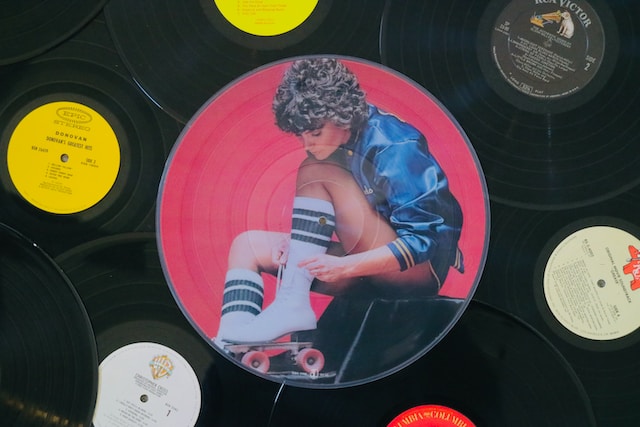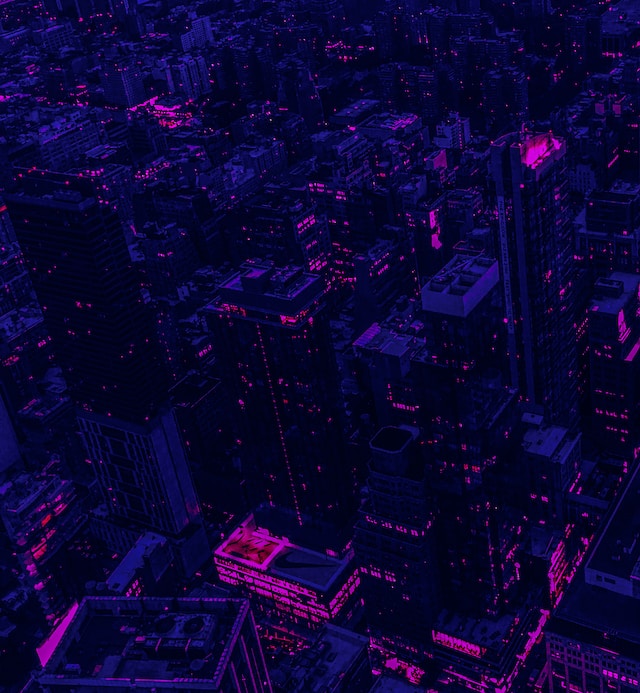EDM Sounds Unveiled: Tracing the Remarkable Evolution Over the Years

Beginnings of Electronic Sound
The 1990s: Birth of Diverse Sub-Genres
2000s: EDM Meets Pop Culture
EDM’s real mainstream breakthrough came in the 2000s, when electronic sounds began to infuse pop music. With the rise of artists like David Guetta, Daft Punk, and Deadmau5, EDM sounds became more polished, anthemic, and radio-friendly. Electro house and progressive house tracks dominated the charts with catchy vocals and uplifting melodies. These years also saw the rise of festivals like Tomorrowland, which played a role in solidifying EDM’s presence on the global stage.
2010s: The Explosion of Diversity

2020s: A Return to Roots and Forward into the Unknown
The Cultural Influence on EDM Sounds
World Fusion and EDM
Technology and its Role in EDM’s Evolution
The progression of EDM is closely tied to technological advancements. Digital Audio Workstations (DAWs) like Ableton Live, FL Studio, and Logic Pro have democratized music production. This ease of access has led to an influx of young producers and bedroom DJs experimenting with sounds and sharing their creations online.



